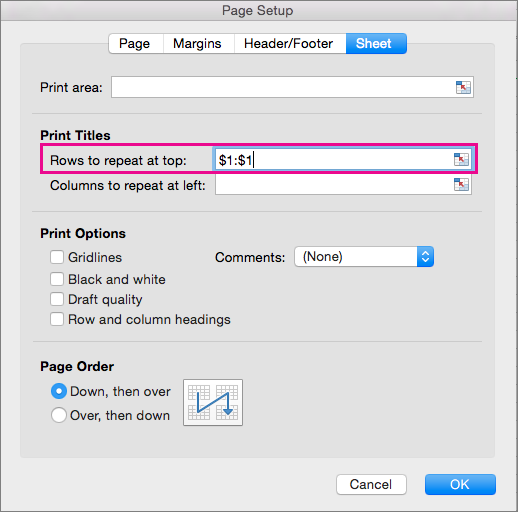Word For Mac Columns
Creating newspaper-style columns in Word is about as simple as it gets: Just click the Columns tool on the Standard toolbar and select the appropriate number of columns. (In Word 2007, this tool is on the Page Layout tab in the Page Setup group.) What's not so easy is balancing text across multiple columns. There's just no way to predict how the columns will line up. Word fills the first column from the top to the bottom of the page (or section) and then fills the second column. That means you could end up with one very long column with just a bit of text pushed into the second column, as shown below. What you'll want, more often than not, is two (or more) columns of the same approximate length. There are two ways to accomplish this: • Force a new column by inserting a Column break.
• Insert a Continuous Section break to force the text to fit into a smaller section. A column break is a clean break. If you rearrange data, the break goes along. For that reason, a forced break can be problematic — much in the same way that a forced page break can wreck havoc when you move text. In addition, knowing just where to break is a guessing game in itself.
Feb 26, 2018 How to Make Two Columns in Word. This wikiHow teaches you how to split your text into two separate columns in Microsoft Word, using a computer. It's ⌘ Command+A on Mac, and Control+A on Windows. Click the Layout tab at the top. This button is located above the toolbar at the top of your document.
Microsoft Word For Mac
You might move too much or not enough. Sometimes, what seems like a reasonable place to break has unpredictable results, as shown below. In this case, the second column is longer than the first, which you'll usually want to avoid.
It's no big deal to pull a few lines from the top of the second column around to the bottom of the first column. Or simply undo the forced break and try again. Generally, it's just hit or miss until you get it right. The real problem is this: If you return to a single column format, the Column Break is still there, which works the same as a page break, in the absence of columns. However, when a forced break is the right choice, use it, as follows: • Position the cursor where you want the column to end and a new one to begin. • Choose Break from the Insert menu.
• Select the Column Break option in the Break Types section. • Click OK, and Word will move all of the text following the insert point to the top of the next column. Your second option is to insert a continuous section break. By doing so, you create a new section and Word distributes the text across the columns using a smaller top and bottom margin. By reducing the size of the page to a smaller section, you force Word to split the text differently. Specifically, instead of filling page-length columns (at least the first one), Word fills columns to fit the smaller section.
Word For Mac Move Between Columns

Another Word For Columns
Best antivirus for mac malwarebytes. To add a continuous section break, do the following: •. As before, you can adjust the balance between the two columns if you like by pushing text into the next column or pulling text back into the previous column. Unlike the column break method, there's no column break to leave behind if you return to a single column format. However, the section break remains and you'll probably want to delete it. To do so, click Show/Hide on the Standard toolbar to display formatting marks. In this case, the section break is a series of equal signs.